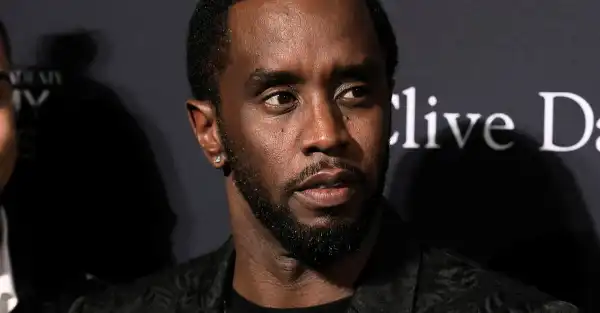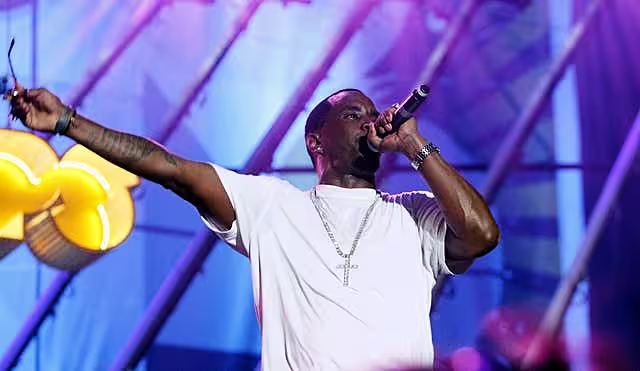
Sean “Diddy” Combs’ sex trafficking trial will go ahead as scheduled in early May despite his lawyers’ requests for more time to prepare, which they justified by saying it would take two more months, a judge ruled Friday.
Judge Arun Subramanian told a hearing in Manhattan federal court that the hip-hop mogul’s trial, which is expected to last eight to 10 weeks, will begin May 5.
The artist’s defense team requested a two-month delay, citing the need for more time to gather information about witnesses and analyze recent amendments to the indictment against their client.
However, the judge, noting that Combs has at least four lawyers, said the defense has plenty of time to prepare for next month’s trial.

He noted that he would not grant a deferment or allow a “fishing expedition” to search for additional evidence.
Combs, 55, who has been held without bail since his arrest in September, turned to the courtroom crowd after the hearing to meet his mother.
He gave her and two other supporters a thumbs-up, including a man in a “Free Puff” sweatshirt. He pleaded not guilty.
During the hearing on Friday, Justice Subramanian made decisions regarding the admissibility of evidence and the order of the trial.
In his statements, he said that witnesses called by the prosecution could testify under pseudonyms to protect their identities.
He also rejected a defense request to dismiss several counts from the indictment against Combs.
Prosecutors allege Combs coerced and abused women over two decades, using his “power and popularity” as a music star to silence victims through blackmail and violence, including kidnapping, arson and physical assault.
They say the Bad Boy Records founder recruited women to participate in carefully staged sex shows featuring drugged men from the sex industry at events dubbed “Freak Offs.”
Defense attorneys argue that the government is misrepresenting Combs’ relationships with his former girlfriends to portray them in a criminal light as consensual sexual encounters.
Sourse: breakingnews.ie